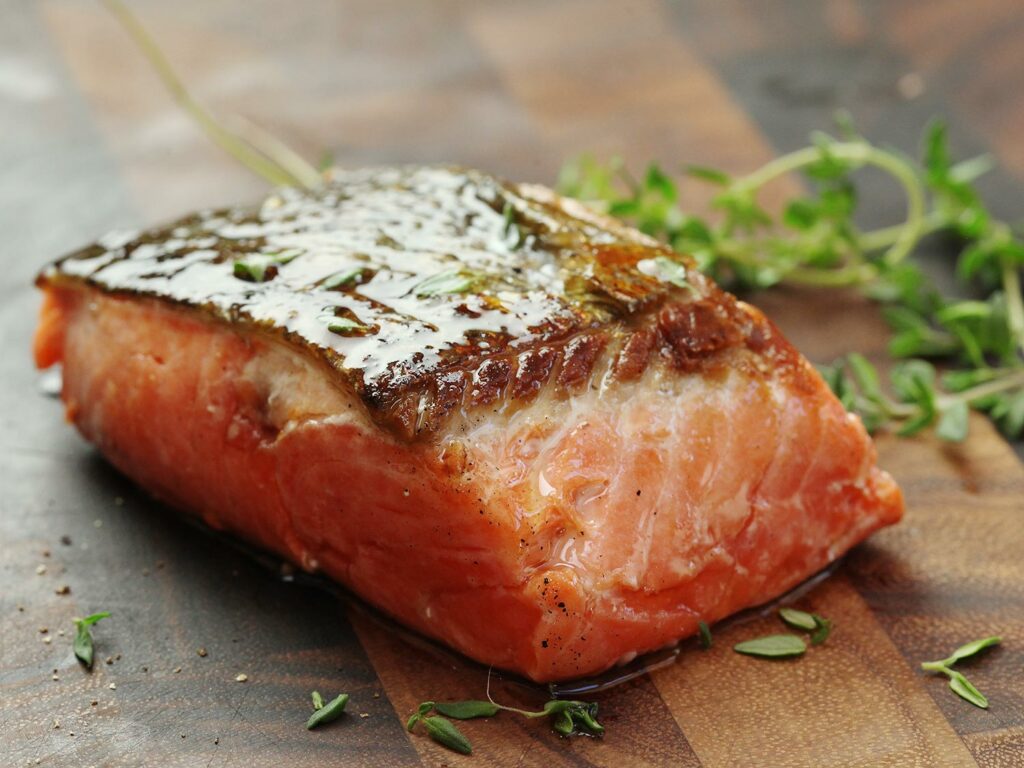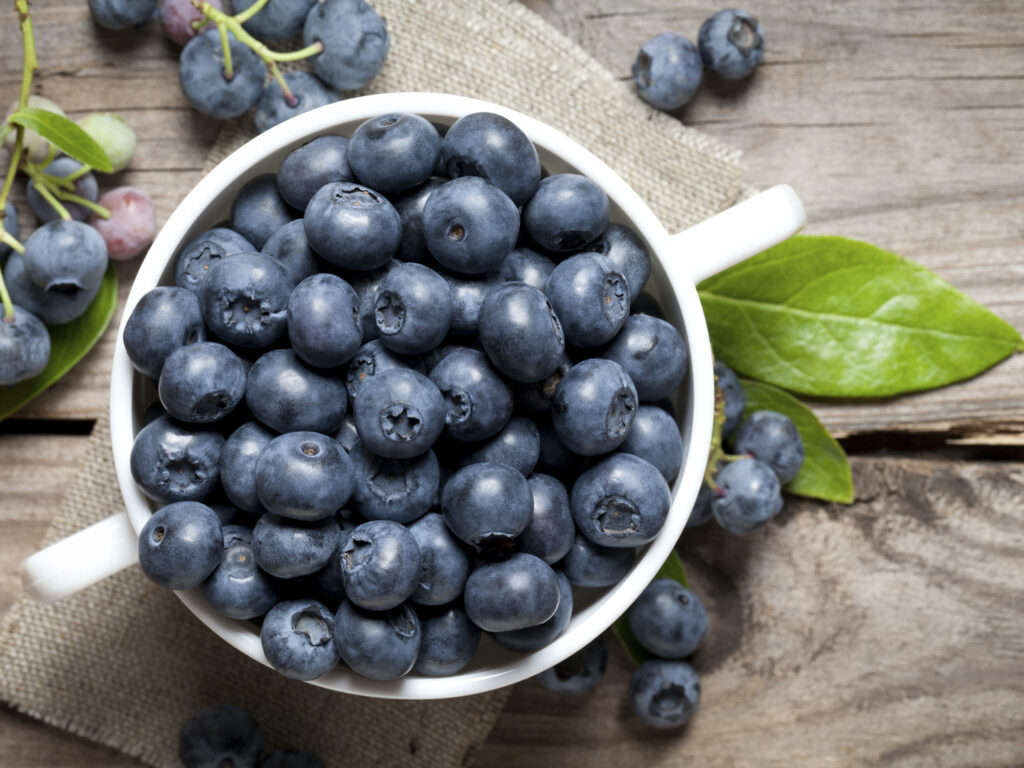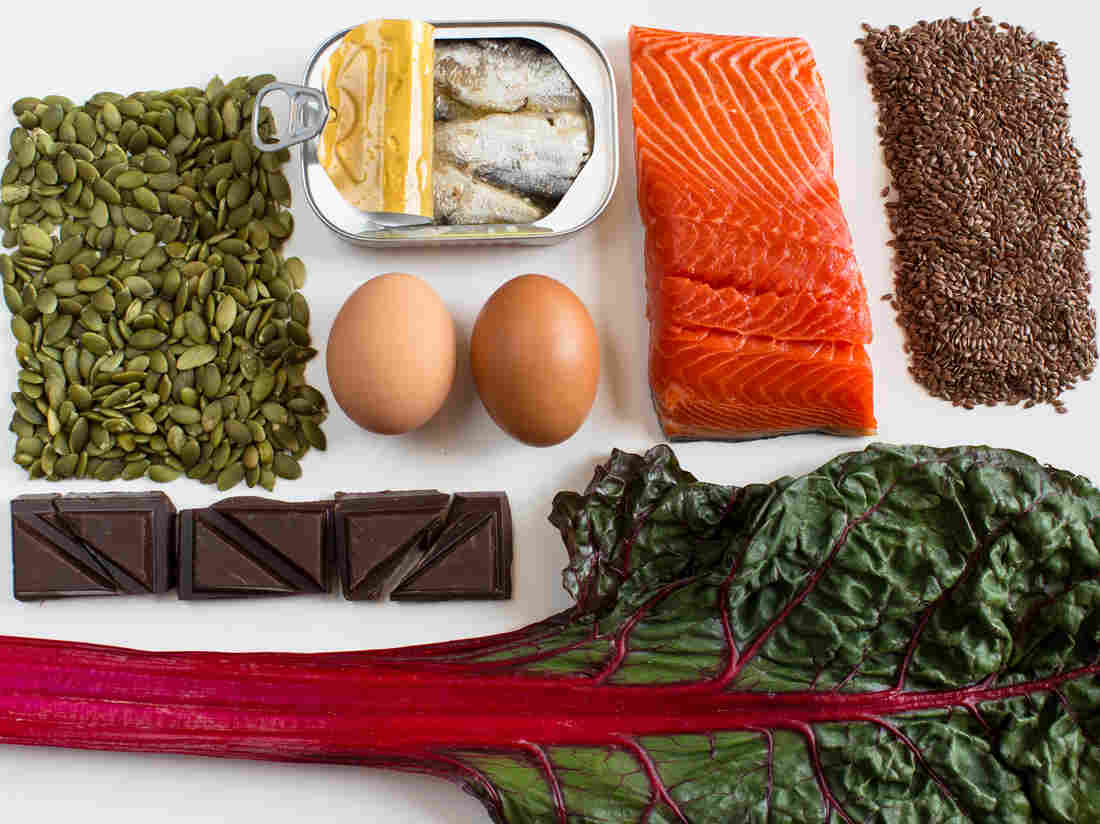
There is only a limited amount of food you can eat in a single day. To maximize the amount of nutrients you take in, it makes sense to spend your calorie budget wisely. The best way to do that is to simply eat the foods that carry the greatest amount and variety of nutrients.
Here are the 10 most nutrient-dense foods on the planet.
1. Salmon
Not all fish is created equal.
Salmon — and other fatty types of fish — contain the greatest amount of omega-3s fatty acids.
Omega-3s are extremely important for the optimal function of your body. They’re linked to improved wellbeing and a lower risk of many serious diseases (1).
Although salmon is mainly prized for its beneficial composition of fatty acids, it also packs a massive amount of other nutrients.
A 100-gram piece of wild salmon contains 2.8 grams of omega-3s, along with lots of high-quality animal protein and ample vitamins and minerals, including large amounts of magnesium, potassium, selenium and B vitamins (2).
It is a good idea to eat fatty fish at least once or twice a week to get all the omega-3s your body needs.
Studies show that people who eat fatty fish regularly have a lower risk of heart disease, dementia, depression and many other common diseases (3, 4, 5, 6).
Also, salmon tastes good and is fairly simple to prepare. It also tends to make you feel full with relatively few calories.
If you can, choose wild salmon instead of farmed. It is more nutritious, has a better omega-6 to omega-3 ratio and is less likely to contain contaminants (7, 8).
2. Kale

Of all the healthy leafy greens, kale is the king.
It is loaded with vitamins, minerals, fiber, antioxidants and various bioactive compounds.
A 100-gram portion of kale contains (9):
- Vitamin C: 200% of the RDI
- Vitamin A: 300% of the RDI
- Vitamin K1: 1,000% of the RDI
- Large amounts of vitamin B6, potassium, calcium, magnesium, copper and manganese
The same amount has 2 grams of fiber, 3 grams of protein and only 50 calories.
Kale may be even healthier than spinach. Both are very nutritious, but kale is lower in oxalates, which are substances that can bind minerals like calcium in your intestine, preventing them from being absorbed (10).
Kale and other greens are also high in various bioactive compounds, including isothiocyanates and indole-3-carbinol, which have been shown to fight cancer in test-tube and animal studies (11, 12)
3. Seaweed
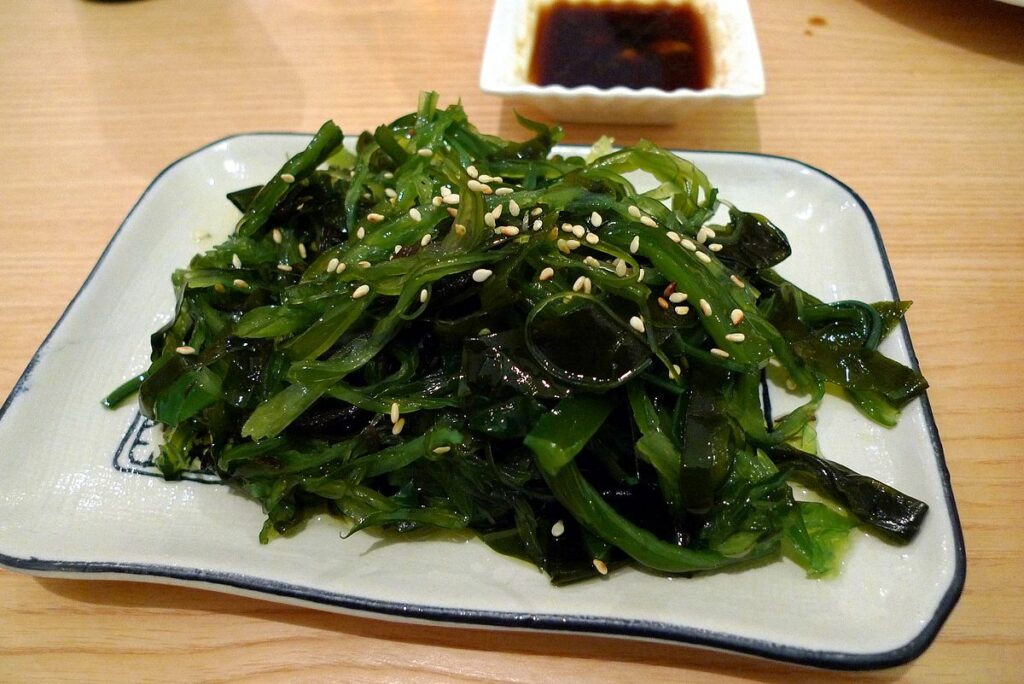
The sea has more than just fish. It also contains massive amounts of vegetation.
There are thousands of different plant species in the ocean, some of which are very nutritious. Usually, they are referred to collectively as seaweed (13).
Seaweed is popular in dishes like sushi. Many sushi dishes also include a type of seaweed known as nori, which is used as an edible wrapping.
In many cases, seaweed is even more nutritious than land vegetables. It is particularly high in minerals like calcium, iron, magnesium and manganese (14).
It is also loaded with various bioactive compounds, including phycocyanins and carotenoids. Some of these substances are antioxidants with powerful anti-inflammatory capacities (15).
But seaweed really shines in its high content of iodine, a mineral your body uses to make thyroid hormones.
Just eating a high-iodine seaweed like kelp a few times per month can give your body all the iodine it needs.
If you don’t like the taste of seaweed, you can also take it in supplement form. Dried kelp tablets are very cheap and loaded with iodine.
4. Garlic
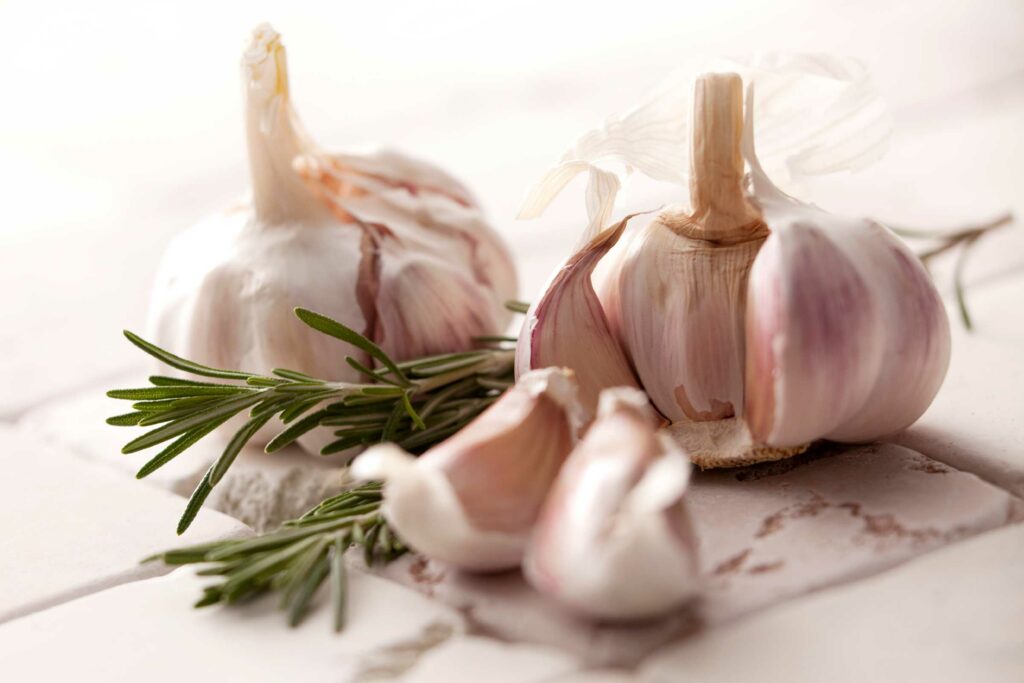
Garlic really is an amazing ingredient.
Not only can it turn all sorts of bland dishes delicious, it is also very nutritious.
It is high in vitamins C, B1 and B6, calcium, potassium, copper, manganese and selenium (16).
Garlic is also high in beneficial sulfur compounds such as allicin.
Many studies show that allicin and garlic may lower blood pressure as well as total and “bad” LDL cholesterol. It also raises “good” HDL cholesterol, potentially reducing risk of heart disease down the line (17, 18, 19, 20).
It also has various cancer-fighting properties. Studies show that people who eat a lot of garlic have a much lower risk of several common cancers, especially cancers of the colon and stomach (21, 22).
Raw garlic also has significant antibacterial and anti-fungal properties (23, 24).
5. Shellfish
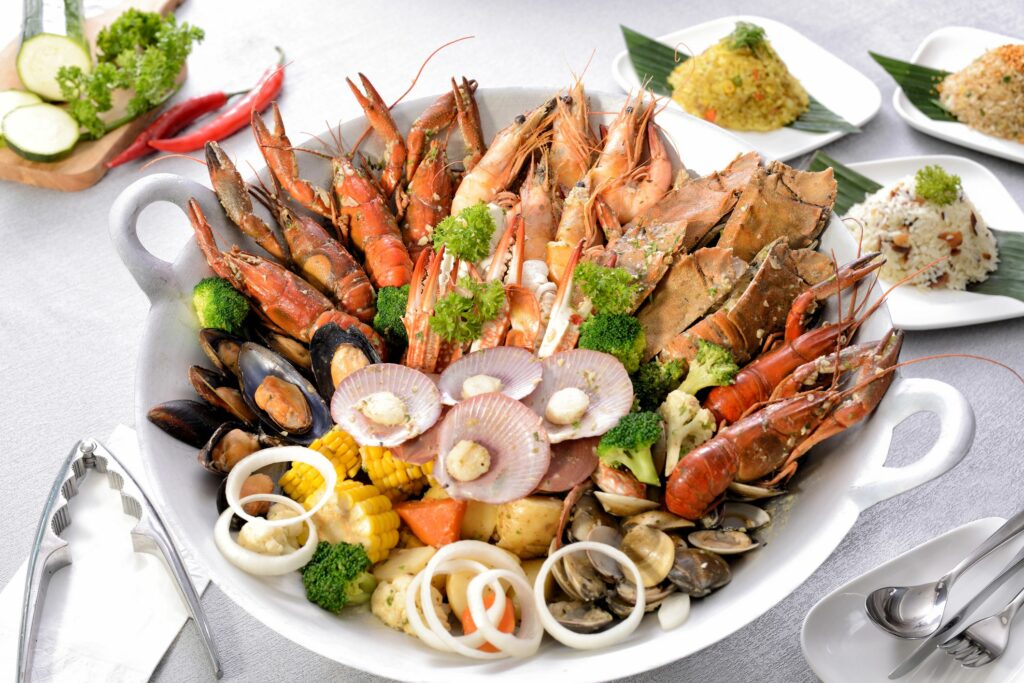
Many sea animals are high in nutrients, but shellfish may be among the most nutritious of all.
Commonly consumed types of shellfish include clams, oysters, scallops and mussels.
Clams are among the best sources of vitamin B12 in existence, with 100 grams of clams supplying over 16 times the RDI. They are also loaded with vitamin C, various B vitamins, potassium, selenium and iron (25).
Oysters are also very nutritious. Only 100 grams supply 600% of the RDI for zinc, 200% of the RDI for copper and large amounts of vitamin B12, vitamin D and several other nutrients (26).
Though shellfish are among the world’s most nutritious foods, most people rarely consume them.
6. Liver
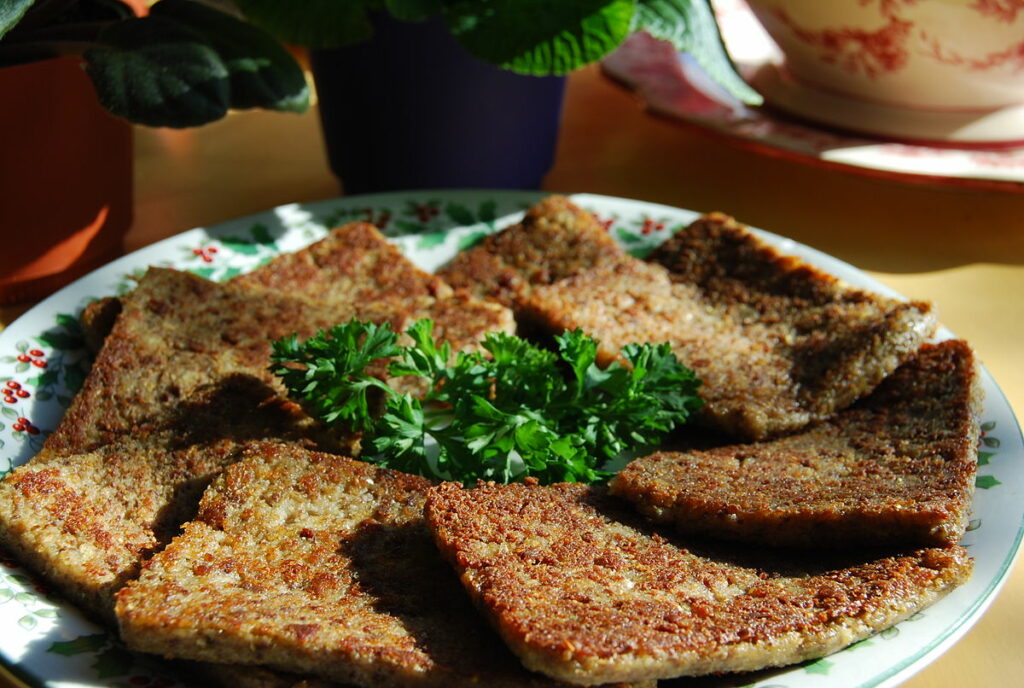
Humans and our remote ancestors have been eating animals for millions of years.
However, the modern Western diet has prioritized muscle meat over organ meats. Compared to the organs, muscle meat is nutritionally poor.
Out of all the organs, liver is by far the most nutritious.
The liver is a remarkable organ with hundreds of functions related to metabolism. One of its functions is to store important nutrients for the rest of your body.
A 3.5-ounce (100-gram) portion of beef liver contains (30):
- Vitamin B12: 1,176% of the DV
- Vitamin B5, vitamin B6, niacin and folate: Over 50% of the DV
- Vitamin B2: 201% of the DV
- Vitamin A: 634% of the DV
- Copper: 714% of the DV
- Iron, phosphorus, zinc and selenium: Over 30% of the DV
- High-quality animal protein: 29 grams
Eating liver once per week is a good way to ensure that you get optimal amounts of these vital nutrients.
7. Sardines
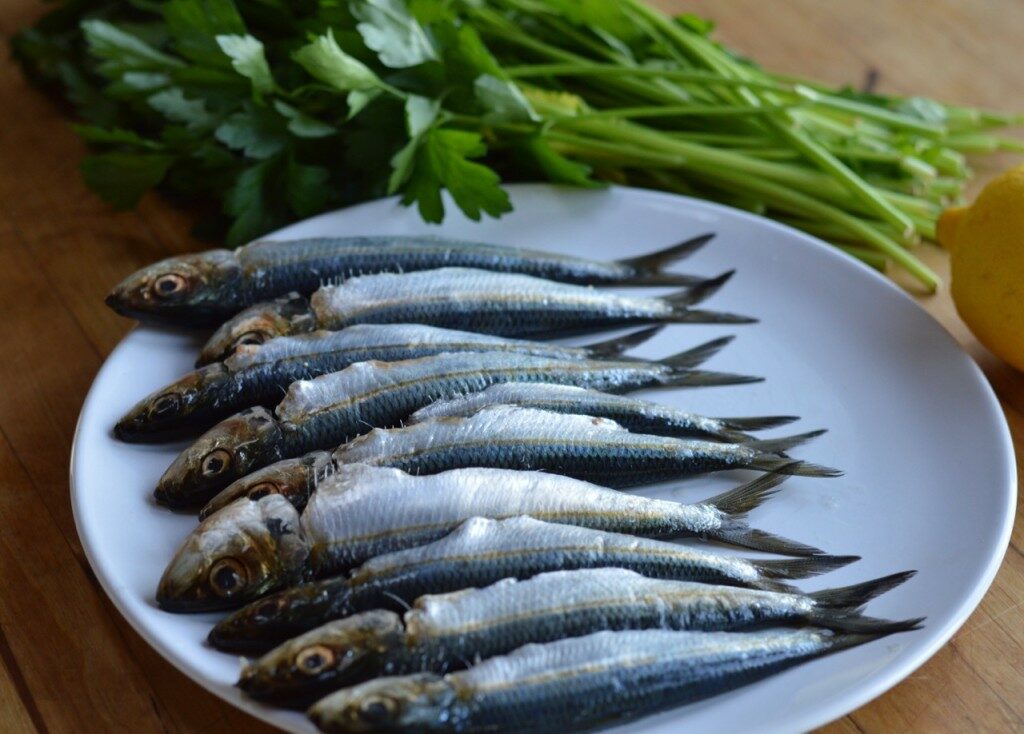
Sardines are small, oily fish that can be eaten whole.
Given that the organs are usually the most nutritious parts of an animal, it is not surprising that whole sardines are very nourishing.
They contain a little bit of almost every nutrient that your body needs and are nearly nutritionally perfect (31).
Like other fatty fish, they’re also very high in heart-healthy omega-3 fatty acids.
9. Blueberries
They are loaded with powerful antioxidant substances, including anthocyanins and various other plant compounds, some of which can cross the blood-brain barrier and exert protective effects on your brain (32).
Several studies have examined the health effects of blueberries in humans.
One study found that blueberries improved memory in older adults (33).
Another study found that obese men and women with metabolic syndrome had a lowered blood pressure and reduced markers of oxidized LDL cholesterol when they added blueberries to their diet (34).
This finding is in line with studies showing that blueberries increase the antioxidant value of your blood (35).
Multiple test-tube and animal studies also suggest that blueberries can help fight cancer (36, 37, 38).
9. Egg Yolks
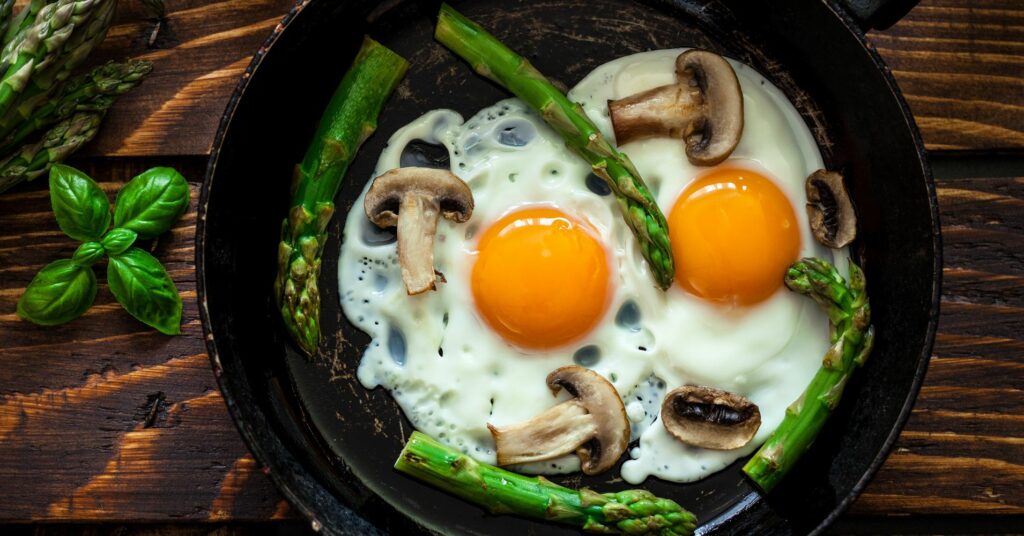
Egg yolks have been unfairly demonized because of their cholesterol content.
However, studies show that dietary cholesterol isn’t something you generally need to worry about.
Eating moderate amounts of cholesterol doesn’t raise the “bad” LDL cholesterol in your blood (39).
Egg yolks are therefore one of the most nutritious foods on the planet. Whole eggs are so nutritious that they’re sometimes referred to as “nature’s multivitamin.”
Egg yolks are loaded with vitamins, minerals and various powerful nutrients, including choline (40).
They’re high in lutein and zeaxanthin, antioxidants that can protect your eyes and reduce your risk of eye diseases like cataracts and macular degeneration (41).
Eggs also contain high-quality protein and healthy fats. Several studies suggest that they can help you lose weight (42, 43).
They are also cheap, flavorful and easy to prepare.
If you can, buy pastured and/or omega-3 enriched eggs. They’re healthier and more nutritious than most conventional supermarket eggs (44, 45).
10. Dark Chocolate (Cocoa)
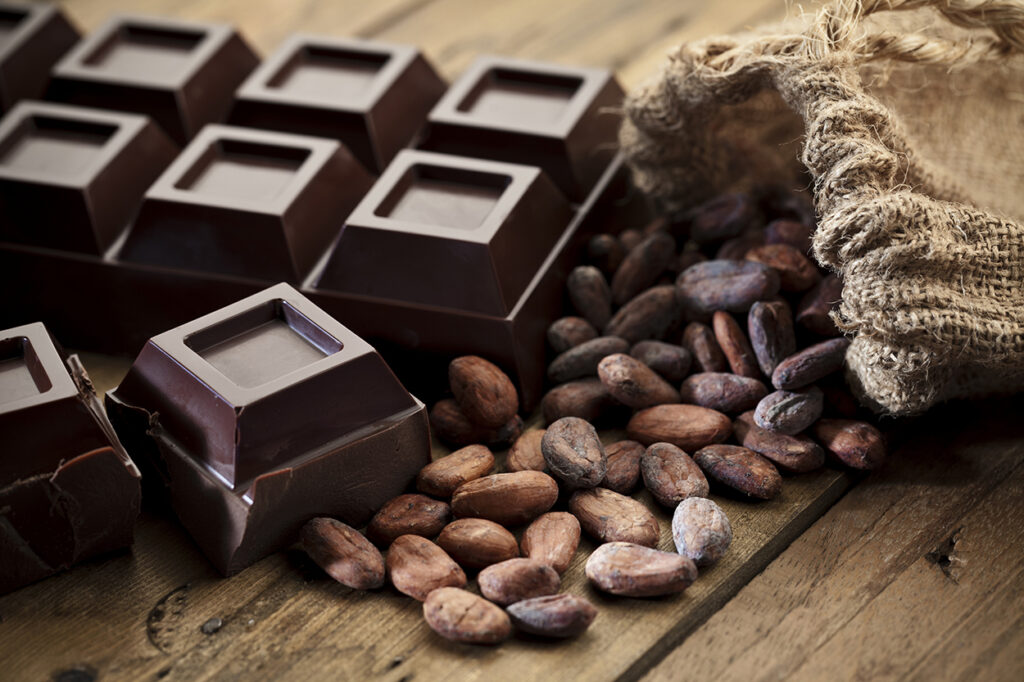
Dark chocolate with a high cocoa content is one of the most nutritious foods you can eat.
It is loaded with fiber, iron, magnesium, copper and manganese (46).
But its biggest benefit is its amazing range of antioxidants.
In fact, a study showed that cocoa and dark chocolate scored higher in antioxidants than any other food tested, which included blueberries and acai berries (47).
Multiple studies in humans show that dark chocolate has powerful health benefits, including improved blood flow, lower blood pressure, reduced oxidized LDL and improved brain function (48, 49, 50).
One study found that people who consumed chocolate more than five times per week had a 57% lower risk of heart disease (51).
Given that heart disease is the most common cause of death worldwide, this finding could have implications for millions of people.
Make sure to get dark chocolate with at least 70% cocoa content. The best ones contain 85% cocoa or higher.
Eating a small square of quality dark chocolate every day may be one of the best ways to supplement your diet with additional antioxidants. You can find high-cocoa dark chocolate online.
The Bottom Line
If you want lots of nutrients without many calories, the most obvious strategy is to take dietary supplements.
However, supplements can hardly replace a healthy diet. A better way to get all the nutrients you need is to fill your meals with nutrient-dense foods.
Nutrient-dense foods are rich in nutrients relative to their calorie content. These include various healthy foods such as whole vegetables, fruits, cocoa, seafood, eggs and liver.
Start adding the above foods to your diet today to reap their benefits.
The original article was published here

